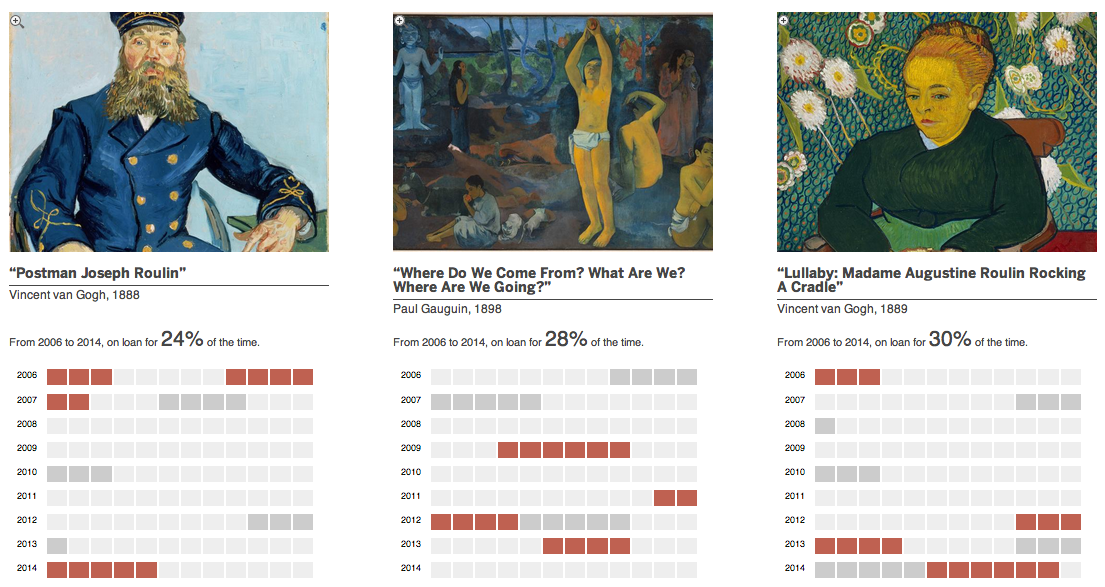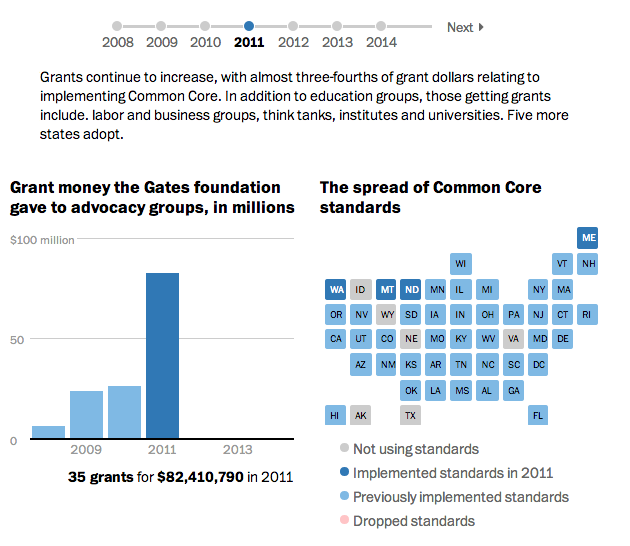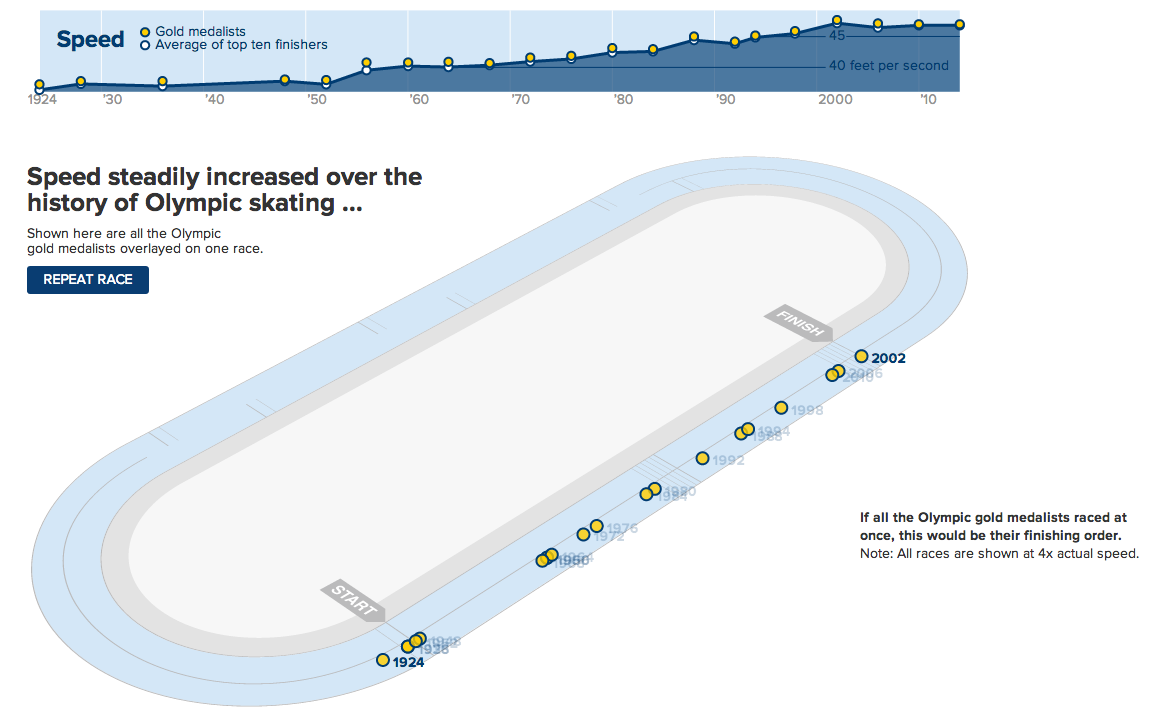Two weekends ago I visited the Magritte exhibit currently showing here in Chicago. While I would love to share photographs of some of my favourite works, I cannot. The museum staff was clear that part of the rules for exhibiting loaned work was the prohibition of photography. So that prompted me to wonder how often is artwork loaned?
Thankfully, the Boston Globe (sort of) answered my question this past weekend with a graphic detailing some of the major loans from Boston’s Museum of Fine Arts.

Credit for the piece goes to Cecilia Reyes.










